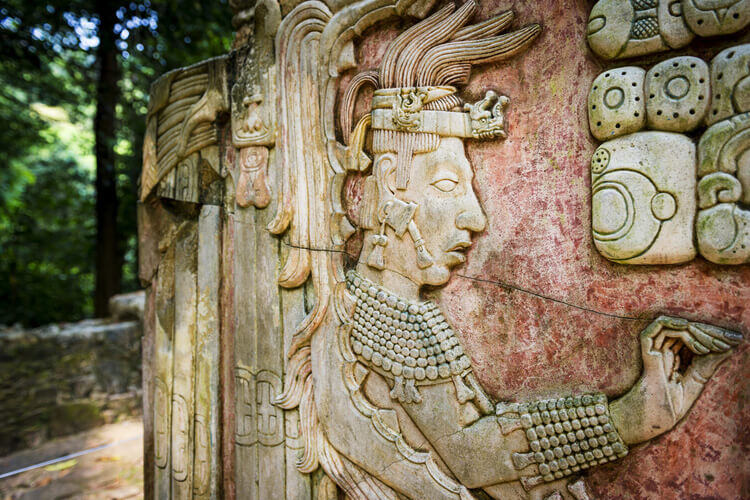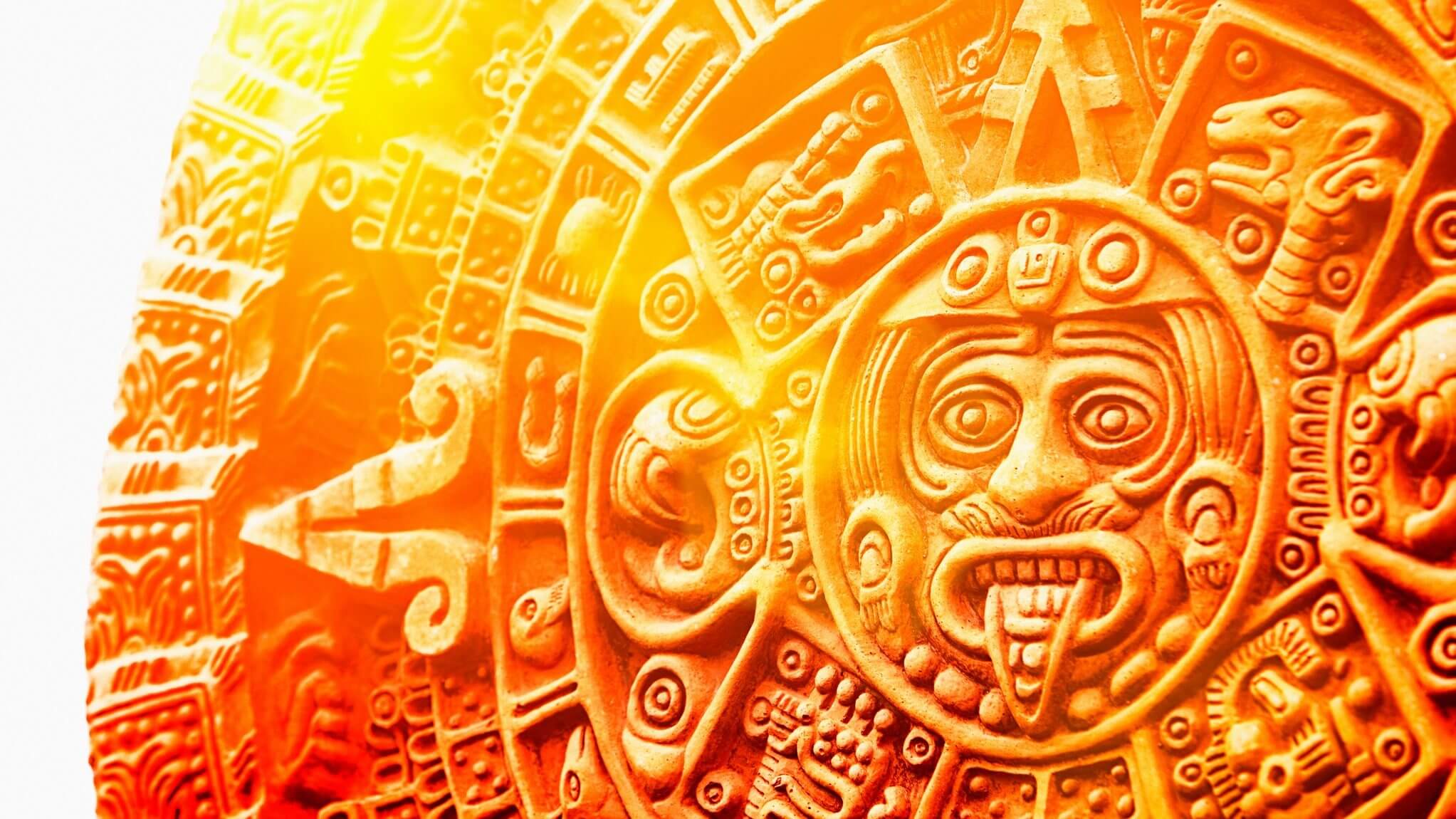
Wyllys Andrews, Tulane university, New Orleans, USA., "Francisco Estrada-Belli's newbook on the early Maya stems from a decade of excavations and survey by the Holmul Project at Holmul, Cival, La, Sufricaya, and other sites in the northeast Peten of Guatemala.the writing is clear and lively.Estrada-Belli'sbook contains many valuable and instructive insights and convincing arguments and is well worth reading." -E.

"Francisco Estrada-Belli's new book on the early Maya stems from a decade of excavations and survey by the Holmul Project at Holmul, Cival, La, Sufricaya, and other sites in the northeast Peten of Guatemala.the writing is clear and lively.Estrada-Belli's book contains many valuable and instructive insights and convincing arguments and is well worth reading." - E. This book discusses the most recent advances in our knowledge of the Preclassic Maya and the emergence of their rainforest civilization, with new data on settlement, political organization, architecture, iconography and epigraphy supporting a contemporary theoretical perspective that challenges prior assumptions.


The reality of this Preclassic Maya civilization has been documented by scholars over the past three decades: what had been seen as an age of simple village farming, belatedly responding to the stimulus of more advanced peoples in highland Mesoamerica, is now know to have been the period when the Maya made themselves into one of the New World's most innovative societies. Its first cities, such as Nakbe and El Mirador, had some of the largest temples ever raised in Prehispanic America, while others such as Cival showed even earlier evidence of complex rituals. Some centers are abandoned and written records stop.When the Maya kings of Tikal dedicated their first carved monuments in the third century A.D., inaugurating the Classic period of Maya history that lasted for six centuries and saw the rise of such famous cities as Palenque, Copan and Yaxchilan, Maya civilization was already nearly a millennium old.

Urban populations peak at about 100 people per square kilometer. The first dynastic kingdoms arise amid changing political alliances large palaces and mortuary pyramids are constructed, and a sharp intensification of agriculture. Widespread literacy is in evidence, including calendars and lists of royal lineages at Copán and Tikal. Important sites: El Mirador, Nakbe, Cerros, Komchen, Tikal, Kaminaljuyu The first massive palaces are built at urban Nakbe and El Mirador, first writing, built road systems and water control, organized trade, and widespread warfare Important sites: Nakbe, Chalchuapa, Kaminaljuyu Hunting and gathering lifestyle prevails.įirst beans and maize agriculture, and people live in isolated farmsteads and hamletsįirst monumental architecture, first villages people switch to full-time agriculture there is evidence for contacts with the Olmec culture, and, at Nakbe, the first evidence of social ranking, beginning about 600–400 BCE


 0 kommentar(er)
0 kommentar(er)
